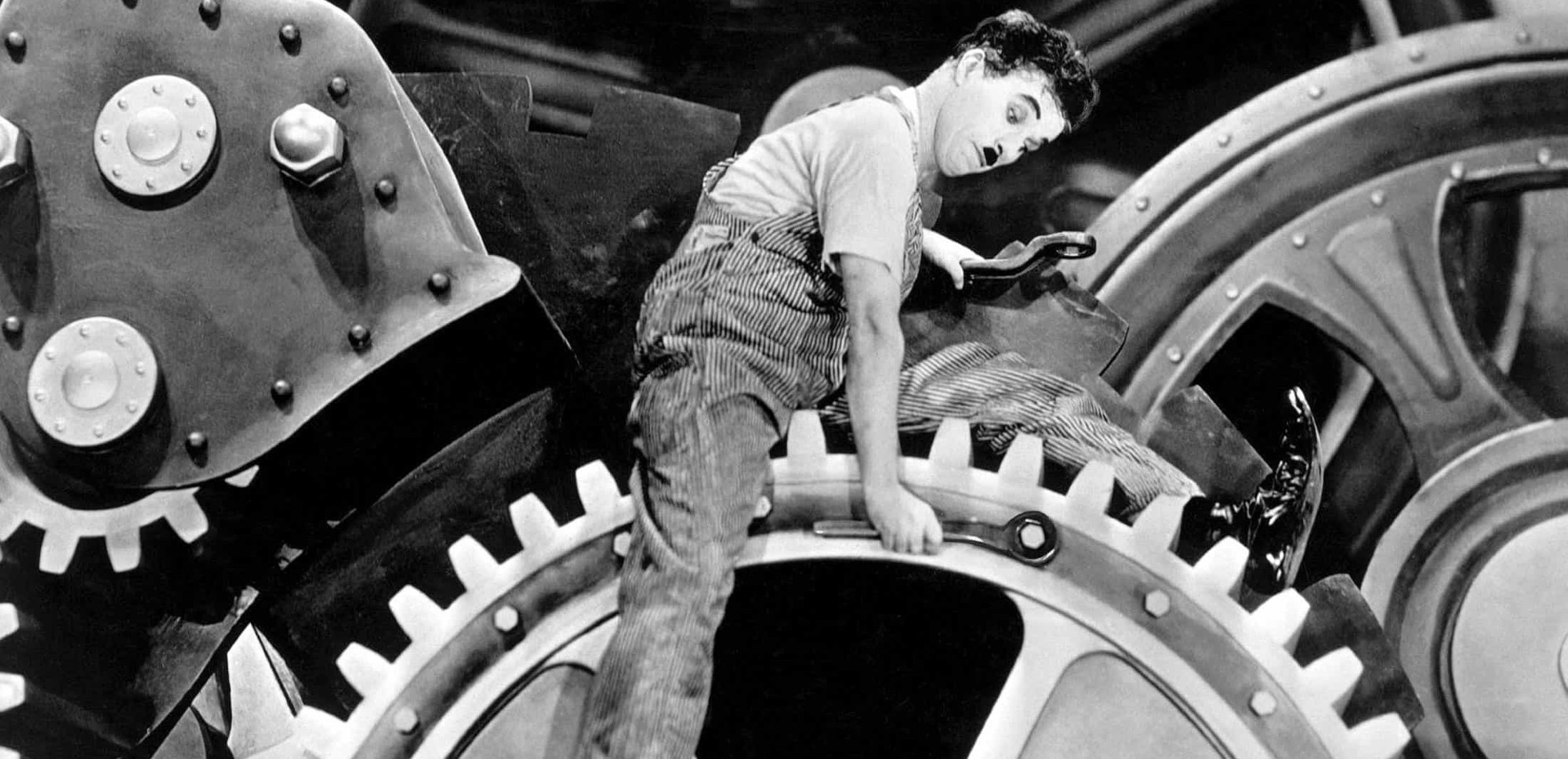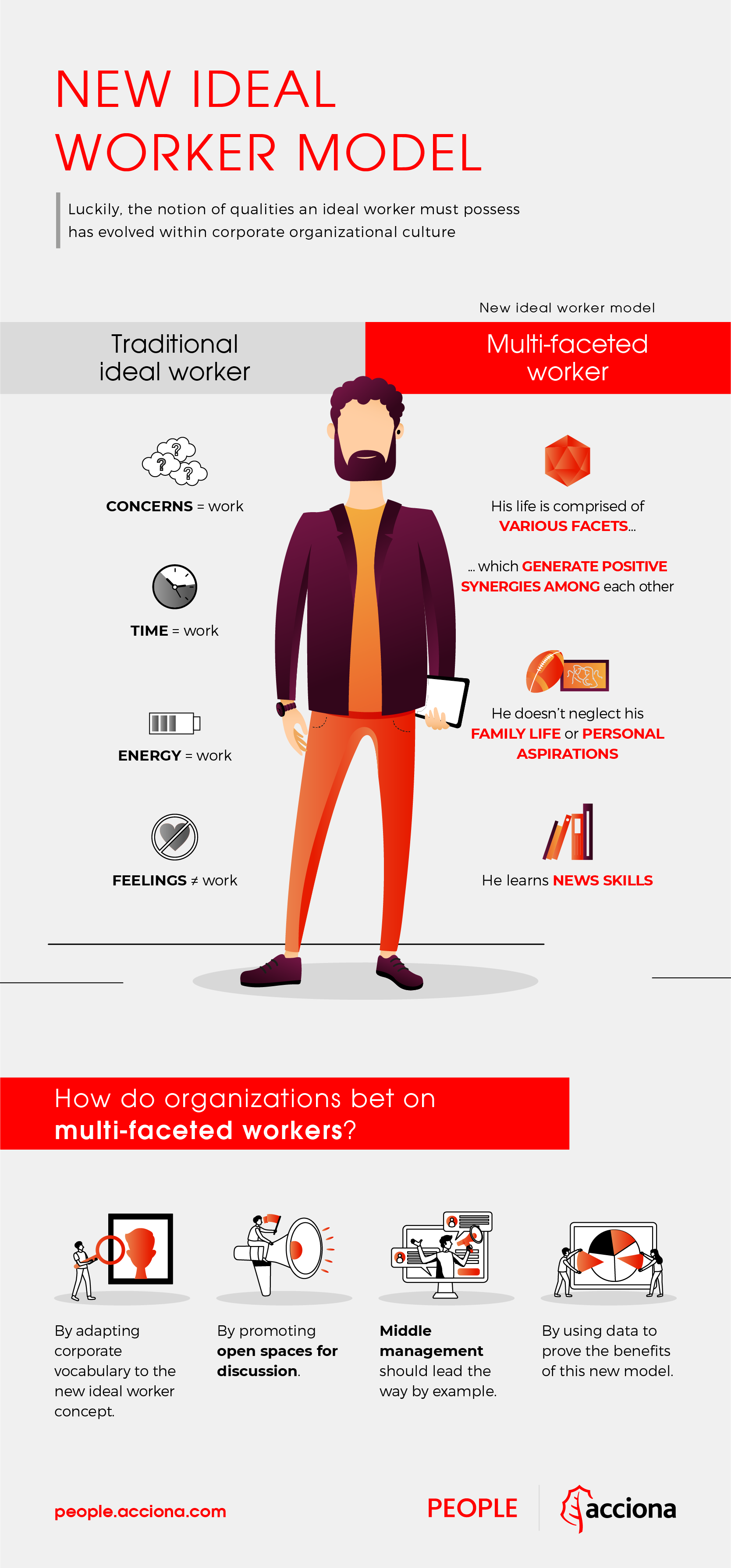This idea is based on the so-called theory of scarcity, which basically assumes that time, energy and attention are finite; accordingly, if they’re assigned to a certain role, they’re not assigned to others. With that perspective in mind, it is accepted that the fewer roles a person has, the better worker he will be, since most of his time, energy and attention will be devoted to a unique domain: (remunerated) work.
Arlie Hochschild, an American sociologist at the University of California-Berkeley, noticed that a new concept had begun to spread around Silicon Valley during the late 1990s. That concept was zero-drag, a physics-related notion referring to an objective’s absence of friction in relation to its environment, an allegory of that ideal modern-day worker. According to said notion, the ideal worker was the one with a coefficient of zero, with no external friction, that is, with few or no responsibilities (friction) whatsoever outside work distracting him. To a certain extent, this idea is still in the heads of many executives, middle managers or HR staffers at many companies, and it’s totally in line with the one-dimensional worker notion.
Multi-faceted person: the new ideal worker
Nevertheless, another perspective recently started to challenge the classic standpoint. It’s based on an expansive approach which argues the contrary: attention, energy and even time are not finite, but expandable. In other words, they can be generated. Moreover, they can be transported from a domain to another.
For instance, a task or project that is properly done and recognized in the workplace during the day can generate extra energy that can be allocated for the family later in the evening. In the same vein, a voicemail message from a son can provide energy to the wrapping up of a project. Same happens with other roles: a volunteer work for the community can enhance empathy, a quality which in turn can be translated into the workplace.
This expansive approach has led to a theory that has enjoyed some success in the academic world, known as work-family enrichment. Said theory suggests that, contrary to the classic vision, an active professional aware of the diverse spheres in his life —be it work, family, community or others— will become a better worker, since he will develop skills or knowledge in every role that will help him thrive professionally. We would call that a multi-faceted person.

